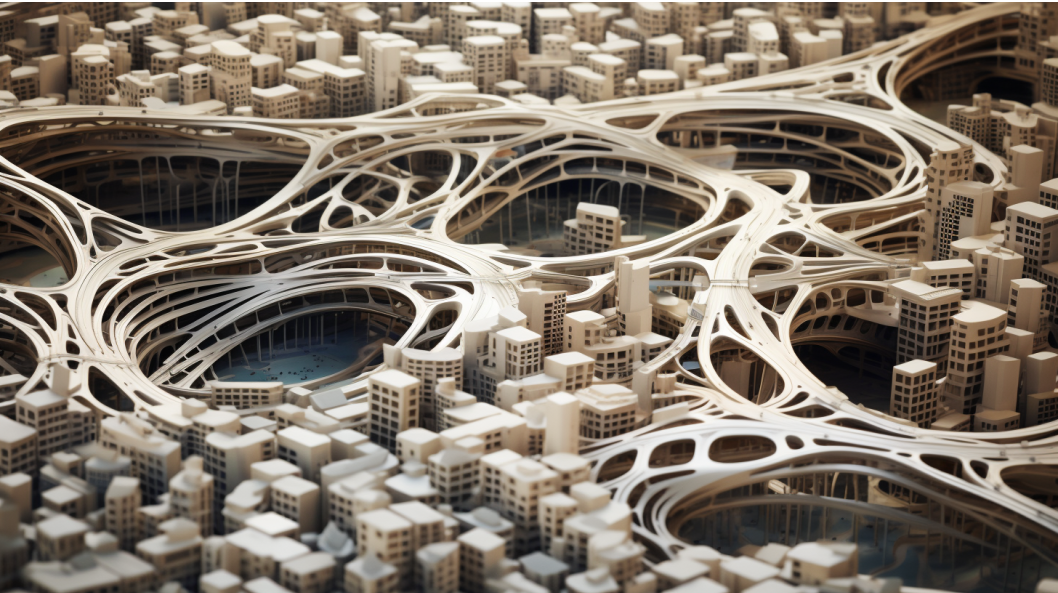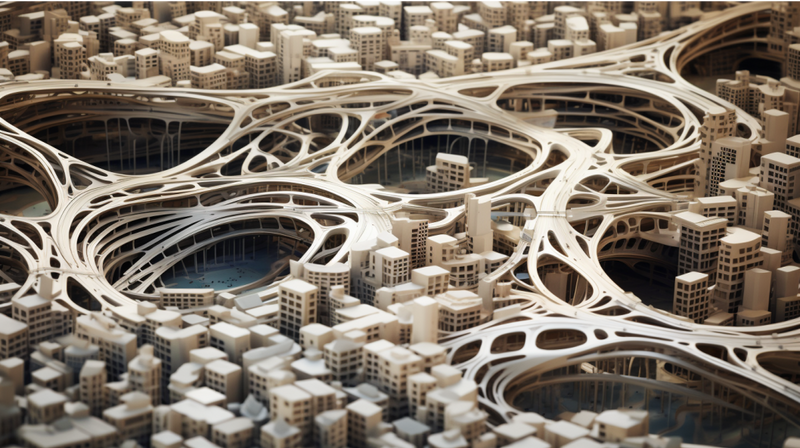In the throbbing heart of metropolitan expanses, the classic conundrums of city planning — balancing infrastructure, aesthetics, functionality, and sustainability — pose a perennial challenge. However, the innovative framework of Parametric Urbanism, which intertwines generative design and computational methodologies, is paving a visionary pathway to reimagining the sinews of our urban landscapes.
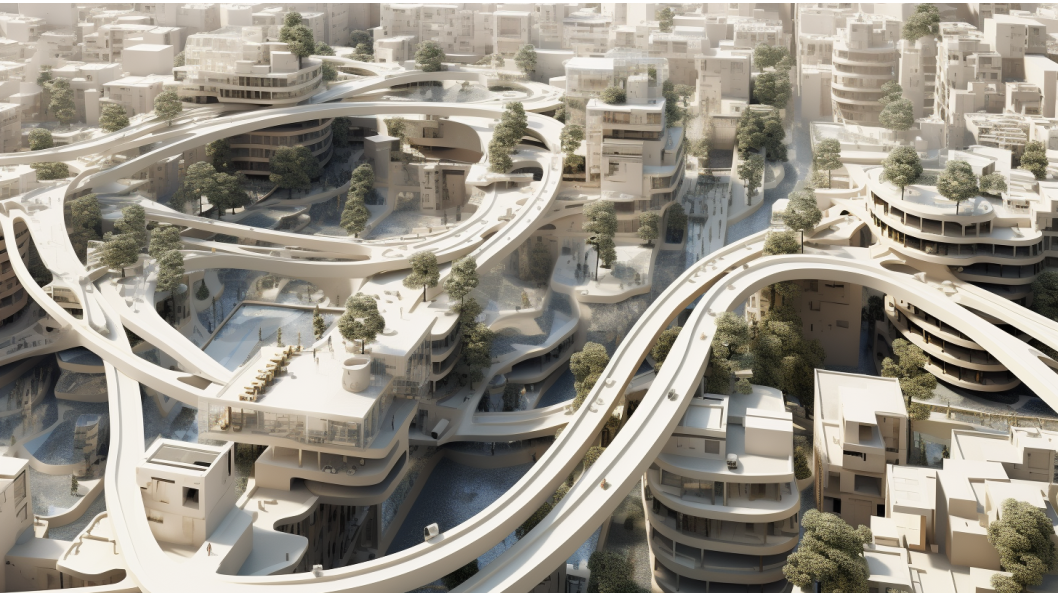
Unveiling Parametric Urbanism
Parametric Urbanism embraces algorithmic and computational design strategies to sculpt urban spaces that are not only aesthetically enthralling but are also innately adaptable to socio-economic and environmental ebbs and flows. By integrating algorithms into the city planning milieu, planners, architects, and designers can articulate more responsive, adaptive, and sustainable urban spaces.
Bridging Design, Technology, and Urban Fabric
The application of generative design is inherently multi-faceted, weaving together the threads of aesthetics, functionality, and sustainability. It enables planners to navigate through a myriad of design permutations, algorithmically generating solutions that adhere to specified parameters and constraints, while optimizing for desired outcomes.
Design Adaptability:
Generative design provides a plethora of design possibilities by manipulating parameters to adapt to evolving urban needs and challenges. It enables dynamic adaption, ensuring that the city can morph and mold itself according to changing socio-economic and environmental narratives.
Ecological Footprints:
Prioritizing sustainability, parametric urbanism steers toward reducing the ecological footprint of cities, molding designs that are innately intertwined with nature, and responding to the environmental contours and climates they inhabit.
Social Integrations:
Engaging with social aspects, parametric designs can be tuned to foster social interactions and community-building. Through computational algorithms, spaces can be carved that inherently promote inclusivity, interaction, and social wellness.
Real-World Implications: Adapting to Future Cities
Parametric Urbanism, through generative design, has the potential to rekindle the way we envision, design, and inhabit urban realms. Several key aspects arise when implementing this into real-world applications:
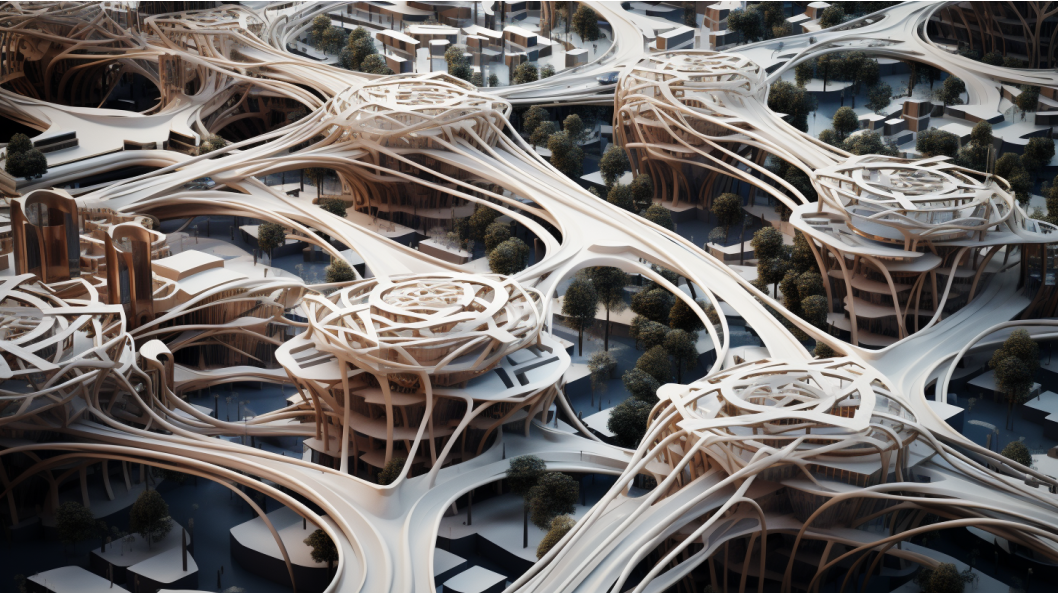
Data-Driven Decision Making:
Generative design is profoundly rooted in data, enabling a holistic and quantitative approach toward decision-making. From traffic patterns and pedestrian flows to environmental impacts and energy usage, every decision can be substantiated with robust data analysis.
Resilient Infrastructure:
The adaptability of parametric designs empowers cities to develop infrastructures that are resilient to changing climates, demographics, and technologies, ensuring longevity and relevancy in the dynamic urban tableau.
Inclusive Public Spaces:
By embedding parameters that prioritize inclusivity and accessibility, public spaces can be developed to be truly public, ensuring they cater to all demographics and create vibrant, community-oriented environments.
Challenges and Ethical Considerations
While the proposition of parametric urbanism is tantalizing, it does not come without its set of challenges and ethical considerations:
Equity and Accessibility:
Ensuring that algorithmically generated designs do not favor particular demographics or inadvertently create socio-economic divides is paramount.
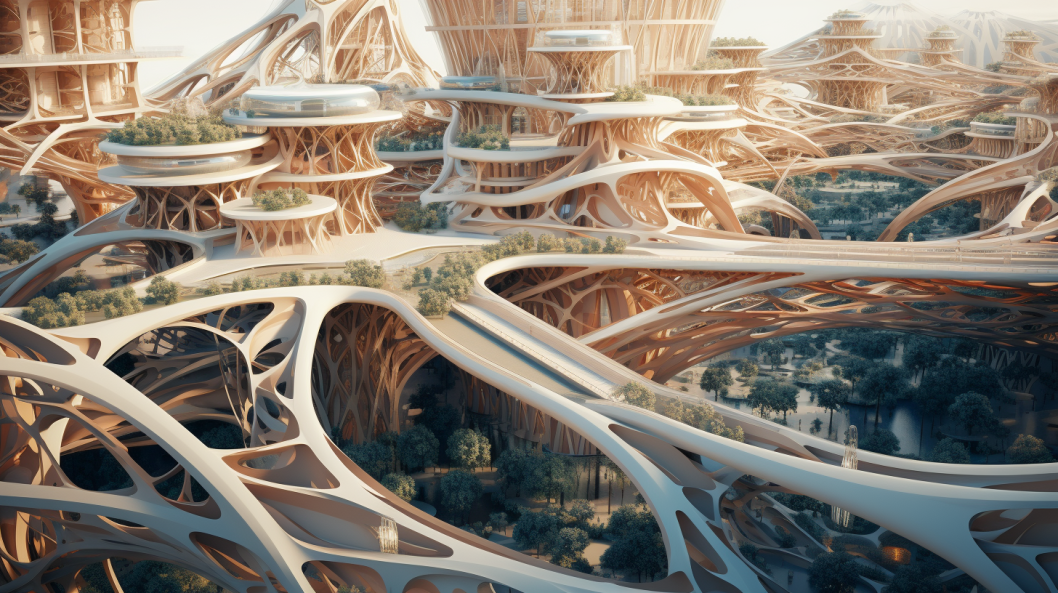
Data Privacy:
The data-centric nature of parametric design calls for rigorous data privacy and ethical usage protocols to ensure that citizens’ data is used responsibly and securely.
Aesthetic Homogeneity:
The risk of generative algorithms producing aesthetically homogenous designs is a valid concern. Ensuring that cities maintain their unique identity and cultural essence amidst algorithmic planning is crucial.
Looking Ahead: The Future of Urban Spaces
Parametric Urbanism heralds a future where cities are not static entities but dynamic organisms, able to adapt, evolve, and resonate with the myriad complexities of the urban narrative. As we tread into an era where technology and data become the linchpins of development, leveraging them to create urban spaces that are sustainable, resilient, and reflective of our collective ethos is the next frontier in city planning.
As we sculpt the future skyline, intertwining the rich tapestry of technological advancements with holistic, sustainable, and inclusive design principles, parametric urbanism stands as a beacon of potential, illuminating pathways to reimagine and reinvent our urban future.
